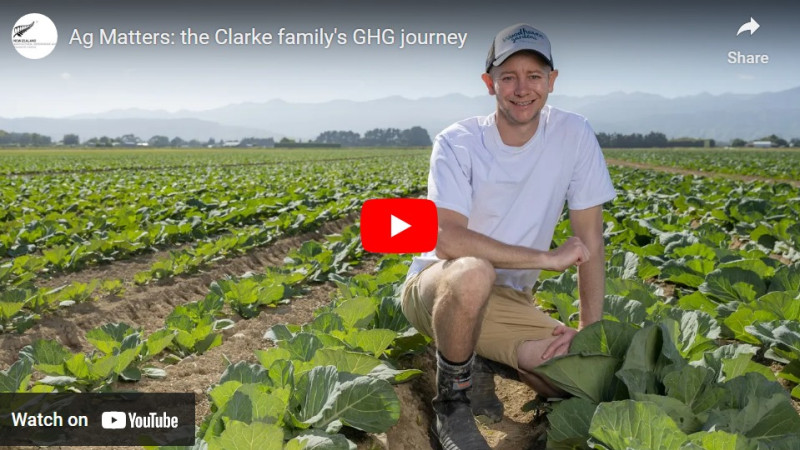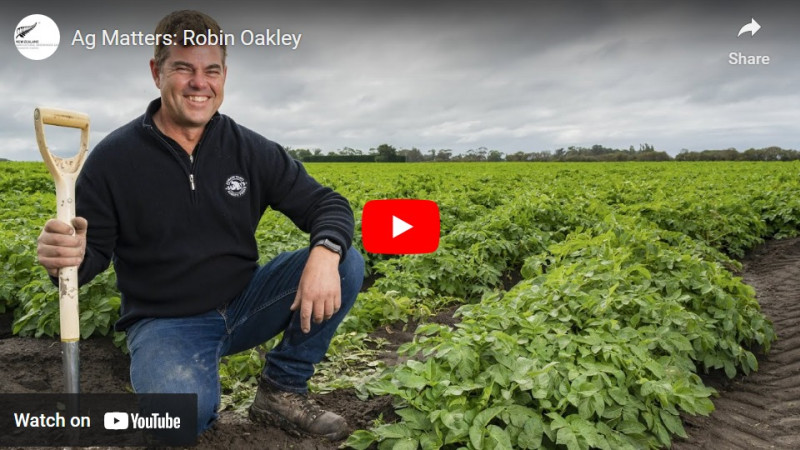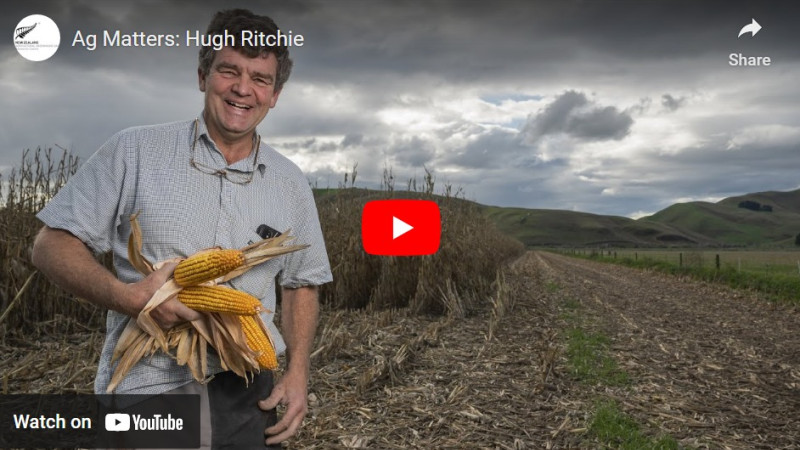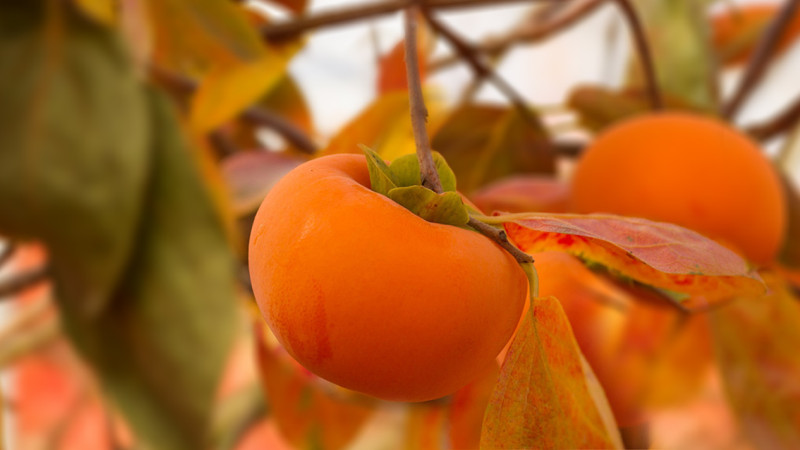He Waka Eke Noa is a partnership between industry, Māori and Government to develop a practical framework to measure, manage and reduce agricultural GHG emissions.
The following documents include the relevant submissions, media releases, and reports that makeup a timeline of work starting in May 2022.
Relevant documents

Deferral of NZ ETS reporting obligations for animals-farmer activities
September 2023
HortNZ supported deferring the ETS backstop for animal farmers.
PDF, 252 KB.

HortNZ statement
December 2022
HortNZ responded to the Government's statement about He Waka Eke Noa.

Government statement
December 2022
Government responded to He Waka Eke Noa and the pricing agricultural emissions consultation.

HortNZ submission on pricing agricultural emissions
November 2022
HortNZ submitted in the best interests of growers in response to the MfE consultation document on pricing agricultural emissions.
PDF, 321 KB.

Media release on joint submission
November 2022
The primary sector summarised our joint submission on pricing agricultural emissions.

Primary sector joint submission on pricing agricultural emissions
November 2022
Primary sector, including HortNZ, and Māori agribusiness submitted on the government proposal to price agricultural emissions.

Comparison between He Waka recommendations and Government consultation
October 2022
This document illustrates how the Government consultation on agricultural emissions pricing reflects the He Waka Eke Noa recommendations.

Pricing agricultural emissions: consultation document
October 2022
Ministry for the Environment released this consultation document to seek feedback on pricing agricultural emissions.

Climate Change Commission report
June 2022
The Climate Change Commission provided independent advice to Government on emissions pricing.

He Waka Eke Noa recommendations
May 2022
He Waka Eke Noa submitted its final recommendations to Government.
Promoted HWEN pages
Frequently asked questions
Case studies
The following videos feature the stories of growers working hard to reduce their greenhouse gas emissions.

Jay Clarke
Jay Clarke and his family have been getting to grips with greenhouse gas emissions on their commercial vegetable operations in the Horowhenua.

Robin Oakley
Robin Oakley, a fifth generation farmer, and his family are committed to sustainable farming and are starting to think about what that means for the climate.

Hugh Ritchie
An emphasis on efficiency improvements and soil health are keeping greenhouse gas emissions down on Hugh Ritchie's complex arable, livestock and horticulture operation in Hawke's Bay.

